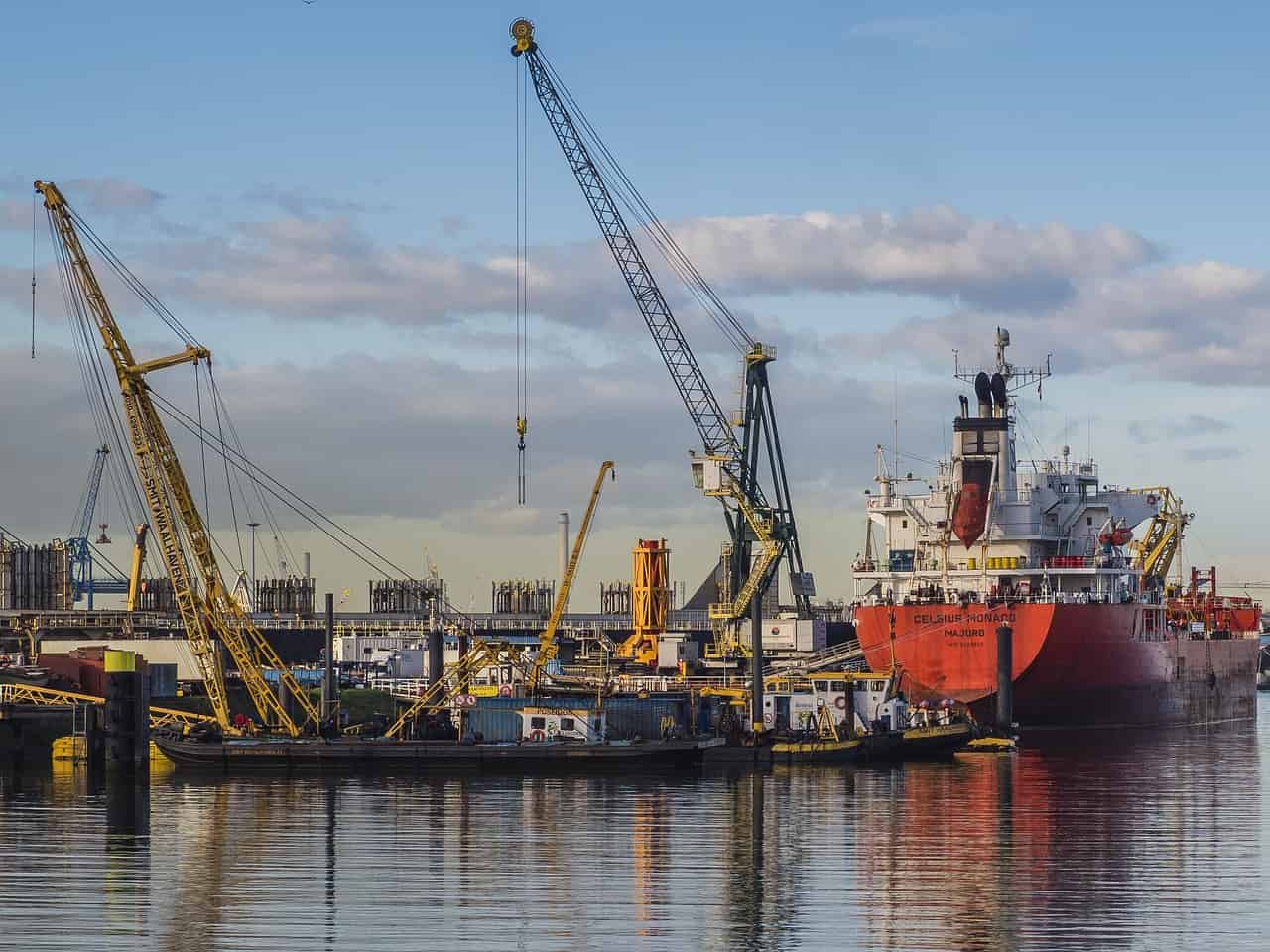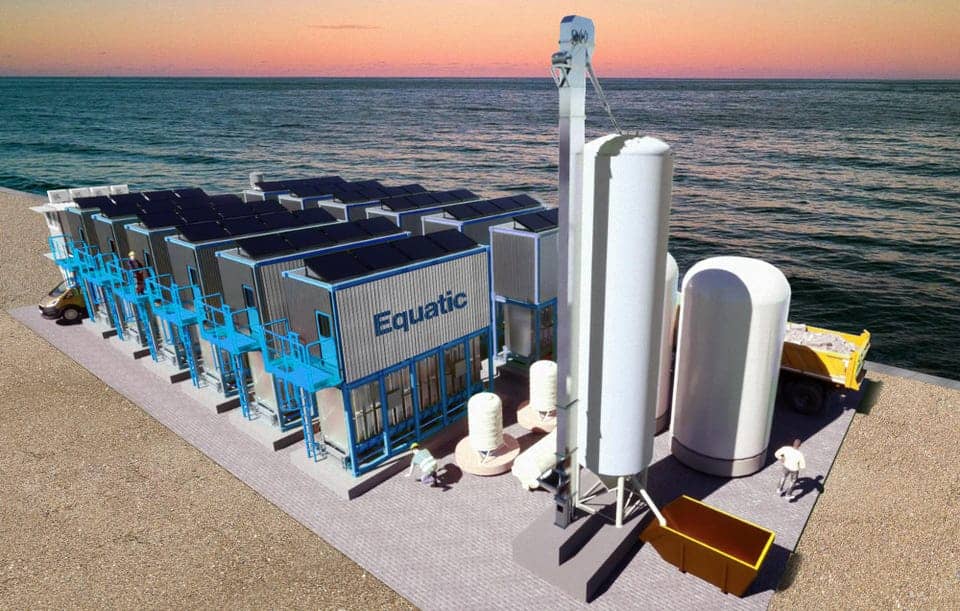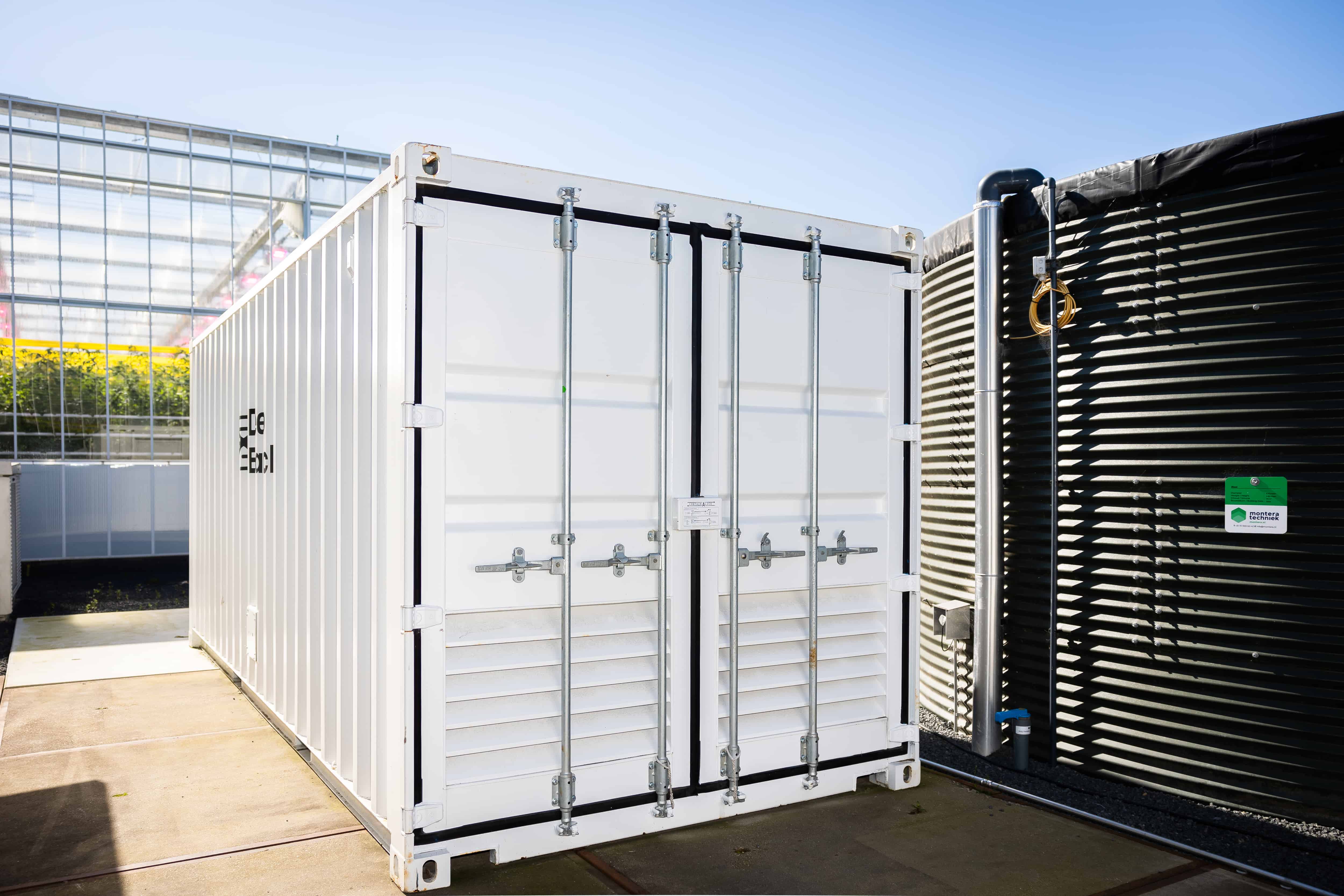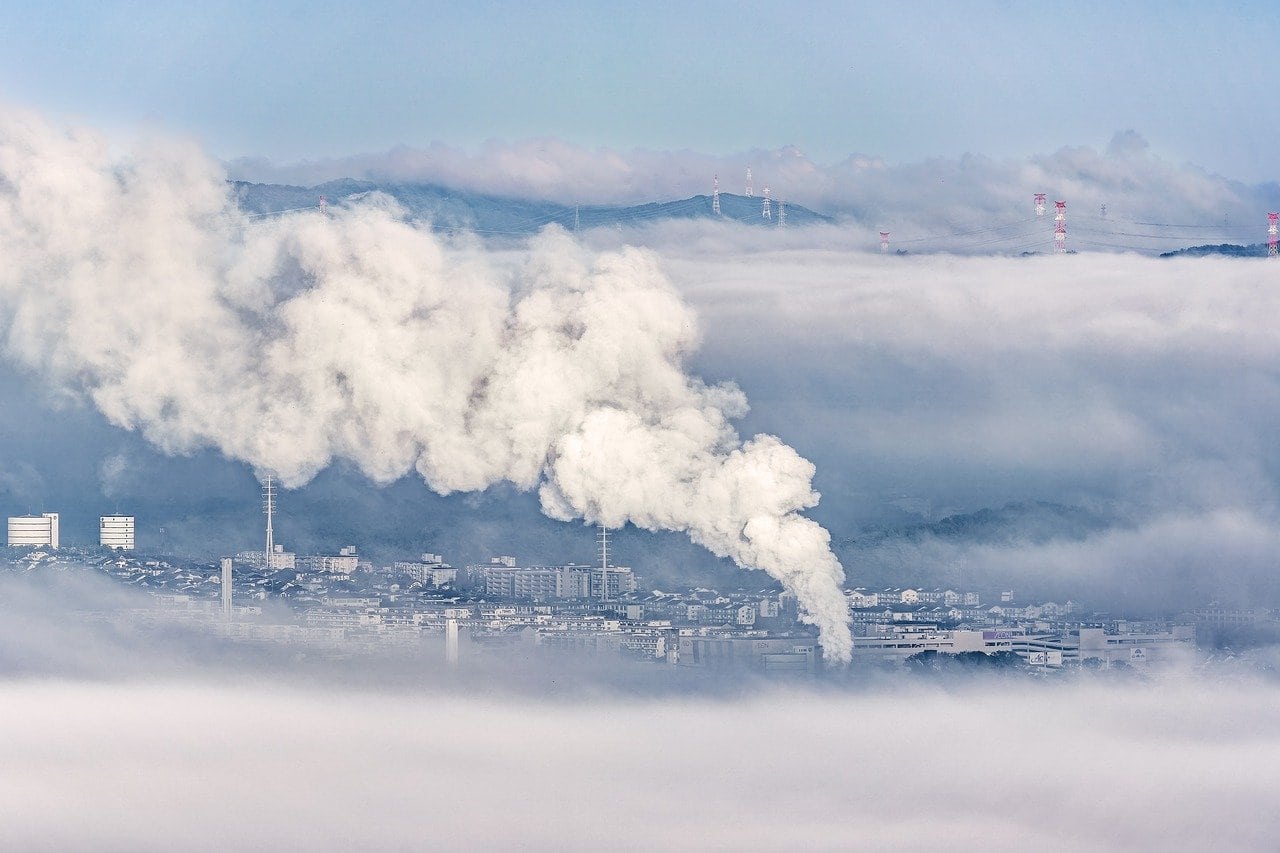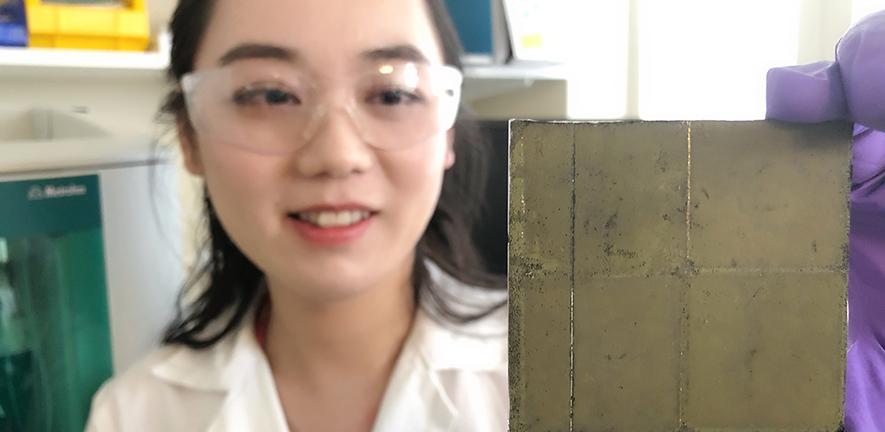
Photosynthesis is very common in nature. Plants use light to convert water and carbon dioxide out of the air into glucose and oxygen. In other words, into energy. Until now, it was not really possible to fully mimic this process. Researchers from the University of Cambridge (UK) and the team of Professor Kazunari Domen from the University of Tokyo (Japan) have now succeeded in developing a new system that marks a substantial step towards artificial photosynthesis. This ‘photosheet’ technology converts sunlight, carbon dioxide, and water into oxygen and formic acid. This is a fuel that can be used directly or converted into hydrogen.
Using solar energy to convert carbon dioxide into fuel promises to be an important way to reduce carbon emissions in the atmosphere and shift away from fossil fuels. However, the researchers stress that producing these clean fuels without undesirable by-products is still a real challenge.
“It’s been difficult to achieve artificial photosynthesis with a high degree of selectivity so that you’re converting as much of the sunlight as possible into the fuel you want, rather than be left with a lot of waste,” Dr. Qian Wang of the Cambridge Department of Chemistry. She is the lead author of the study which was published in the academic journal Nature Energy. “In addition, storage of gaseous fuels and separation of by-products can be complicated,” professor Erwin Reisner explains, senior author of the study. “We want to get to the point where we can cleanly produce a liquid fuel that can also be easily stored and transported.”
The premise of the study: an artificial leaf
Back in 2019, researchers led by Professor Reisner, developed a solar reactor based on an ‘artificial leaf’. This method also utilizes sunlight, carbon dioxide and water to produce fuel. Which results in what is referred to as ‘synthetic gas.’ The new technology that has now under development is comparable to that of an artificial leaf and behaves in a similar way. However, it does function in a different way and produces formic acid.
While the artificial leaf uses components from solar cells, the new system does not need these components. It is based exclusively on photocatalysts. The scientists explain that these are contained in what is called a photocatalyst film. The films consist of semiconductor powders that can be easily and cheaply produced in large quantities. This new technology is considered more robust as well. It produces clean fuel that is easily stored and has the potential to be used for large-scale production of fuel-based products.
Formic acid as fuel
The test unit measures just 20 square centimeters in size. But according to the researchers, it should be relatively easy to scale it up to several square meters. For example, the wireless system could be used on energy sites (such as solar parks) to produce clean fuel using sunlight and water.
Formic acid can also be chemically converted into various types of fuel. “We were surprised how well it worked in terms of its selectivity – it produced almost no by-products,” Wang notes. “Sometimes things don’t work as well as you expected, but this was a rare case where it actually worked better.¨
Objective: diverse types of solar fuel
The cobalt catalyst for converting carbon dioxide is easy to produce and relatively stable. This technology should be easier to scale than the artificial leaf. But its efficiency still needs to be improved before commercial use can be contemplated. The researchers are experimenting with a number of different catalysts to improve both stability and efficiency. “We hope this technology will pave the way toward sustainable and practical solar fuel production”, Reisner adds.
Read other IO articles on the development of alternative more sustainable fuels here.


